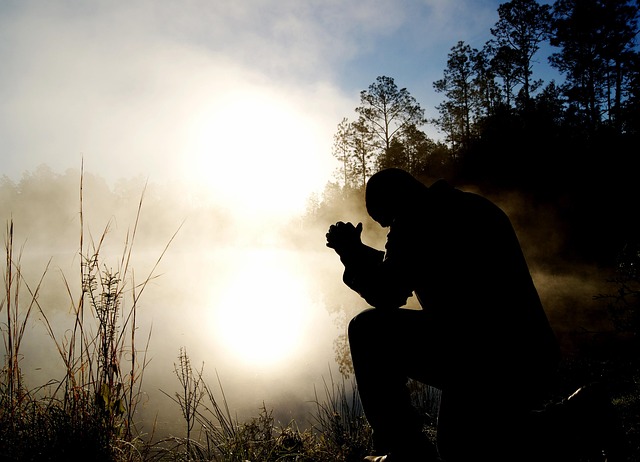
Unlocking the Power of Prayer: A Deep Dive Into Religious Rituals
In a world that often feels chaotic and disconnected, the act of praying emerges as a serene refuge for many individuals. As a deeply ingrained ritual within countless religions, prayer serves not only as a means of communicating with the divine but also as a bridge that connects people to their inner selves and to a larger community. Across cultures, the practice of prayer takes on various forms, each rich with meaning and purpose, guiding practitioners through the ups and downs of life.
For many, praying transcends the mere recitation of words; it becomes a heartfelt dialogue. In Christianity, prayer often involves seeking guidance, confessing struggles, and expressing gratitude. Whether it’s in the stillness of a church, the comfort of home, or even in nature, the intimate act of kneeling or closing one’s eyes can create a profound sense of connection to something greater. Similarly, the practice of praying in Islam, through the five daily prayers (Salah), not only reinforces faith but also fosters a strong sense of community and discipline.
Hinduism, another vibrant religious tradition, approaches praying as an opportunity for devotion and reflection. The ritualistic component of Sadhana often includes chanting mantras and visualizing deities, allowing devotees to surrender to a higher power. In this way, prayer is not just about asking for favors; it is about achieving a state of devotion and serenity, cultivating an inner spiritual life that often reflects onto the outer world.
Judaism also emphasizes the power of praying. The daily prayers and blessings, such as the Shema or the Amidah, are structured yet deeply personal. They serve as a reminder of the sacredness of life, the value of community, and the importance of bringing oneself closer to God. Amidst the rituals, the prayers resonate with history and tradition, linking contemporary worshippers to generations past.
The holistic benefits of praying can also be examined through the lens of mindfulness. Engaging in prayer can be a meditative practice, offering emotional relief during times of stress and anxiety. This rekindling of spiritual energy can leave individuals feeling lighter and more grounded. Indeed, studies suggest that those who incorporate spiritual practices like prayer into their daily lives may experience improved mental health and emotional well-being.
Moreover, the communal aspect of praying brings people together, fostering powerful bonds of friendship and support. Group prayers, whether in a church, mosque, temple, or any gathering, create an atmosphere of unity that can remind individuals that they are not alone in their struggles. The shared energy and collective intentions transform the ritual into a communal exchange, amplifying the emotions involved and deepening the connection among participants.
In today’s fast-paced world, the act of praying invites a pause, a moment to breathe, reflect, and connect not just with the divine but also with oneself and others. Whether one is engaged in solo meditative prayers or joining a congregation, the experience can be profoundly uplifting. Through rituals steeped in tradition, individuals from various backgrounds find solace and strength, unlocking the power of prayer to navigate life’s complexities.

